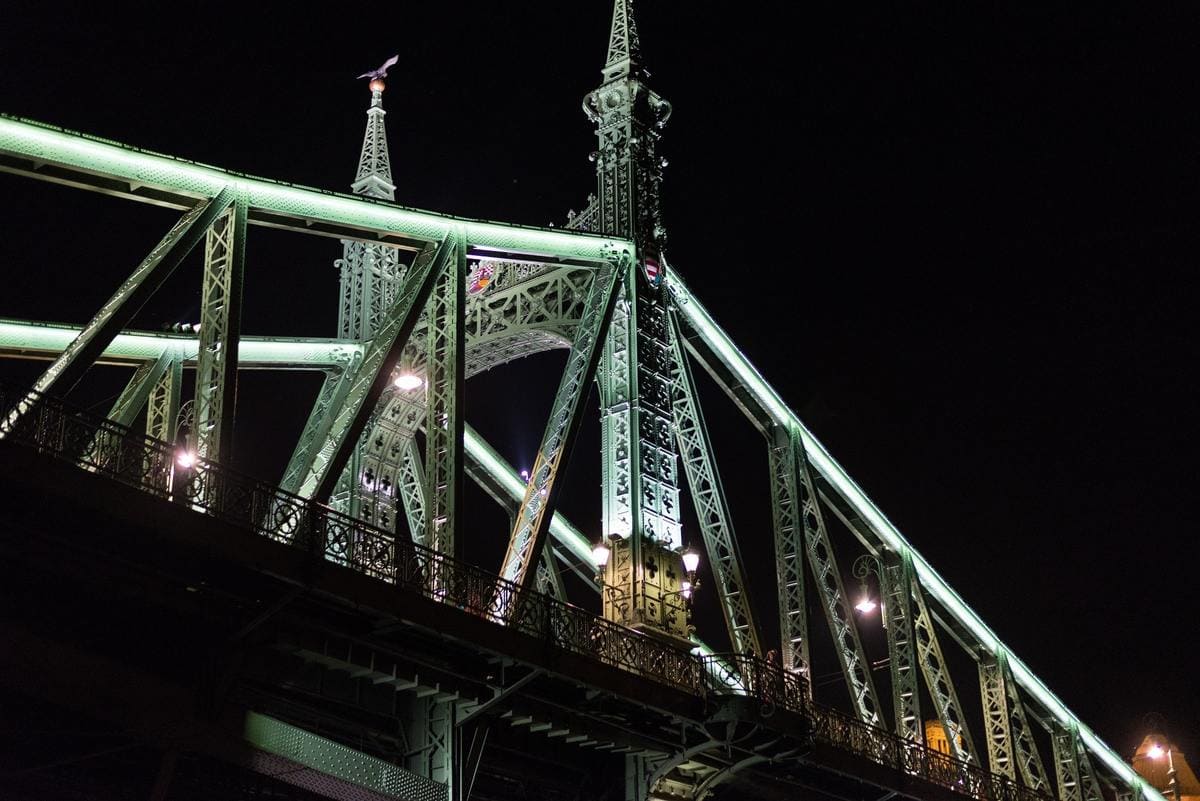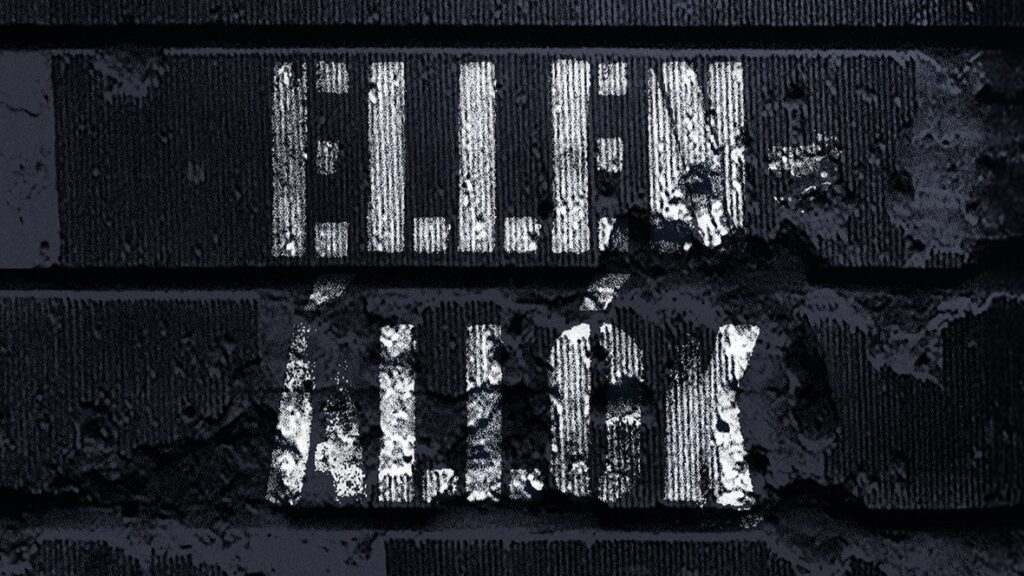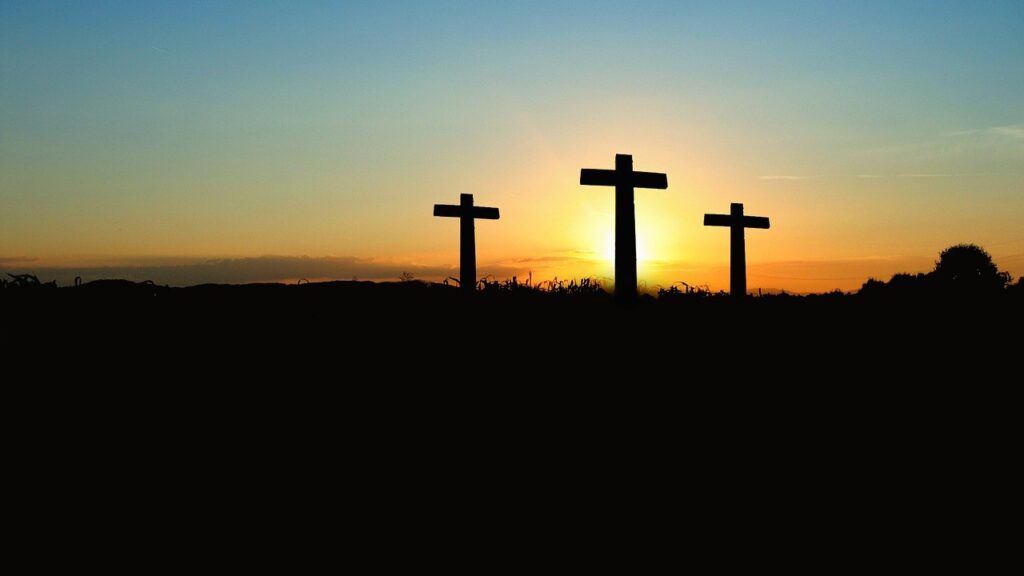Ferenc József Bridge, which was the third to span the Danube in Budapest at the time, was handed over in 1896, the year of the Millennium festivities. The last nail was hammered into the structure of the bridge by the ruler, Franz Joseph himself, and that is how it got its original name. In the second year after its inauguration, trams were already running on it, although, for the first time, only at each side of it. Sadly, however, the bridge did not even have half a century to flourish, as it was blown up and collapsed into the river on 16 January 1945, during the siege of Budapest in World War II. It is unclear whether it was the German or the Soviet army that had issued the order, but what is certain is that the Soviets still used the remaining pillars of the bridge after the bombing. Thus, the bridge itself was only swept away completely by the great ice storm of 1946.
The subsequent reconstruction took place relatively quickly. The renamed Liberty Bridge was opened to traffic on 20 August 1946—it was practically the first of the permanent bridges to be restored after the war. Initially, it was painted grey, and it regained its original green colour only in 1984. When passing through the bridge, the ‘customs houses’ can still be seen on the Pest side of the Danube—in the old days, tolls were collected in these ‘stalls’ from those who crossed the river. Today, they are emblazoned with plaques commemorating the date of construction of the Ferenc József Bridge and of its successor, Liberty Bridge. Similar plaques with the names of the designers and contractors can be found on the pillars as well.
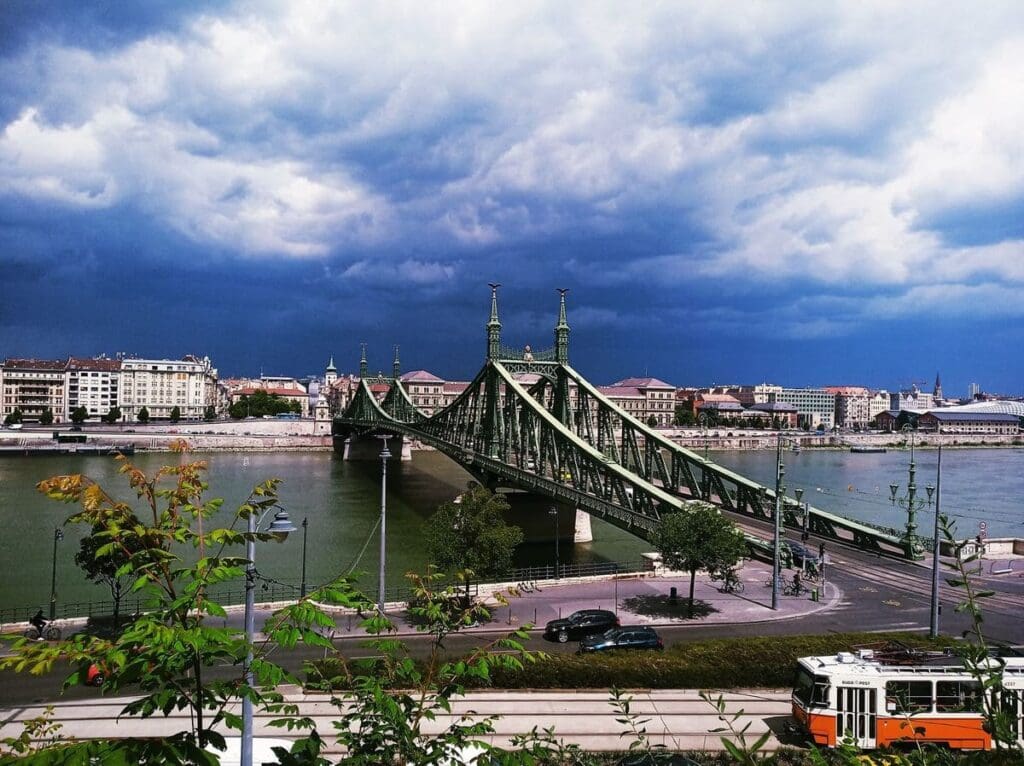
In 2018, the news broke that the wrecks of the Ferenc József Bridge were finally located and photographed in the bed of the Danube.
Sonar images later confirmed that, indeed, the remnants of former times showed up and became visible to bystanders, for the first time after more than 70 years. The unusual sighting happened thanks to the Danube’s water being at a record low at the time. Besides the wreckage, money, a car, and even a bomb were found. It was also a special experience to be able to walk to the Ínség-szikla (Hunger Rock), which is basically an underwater reef at the foot of Gellért Hill, but in 2018, those passing by could see it with their own eyes, too.
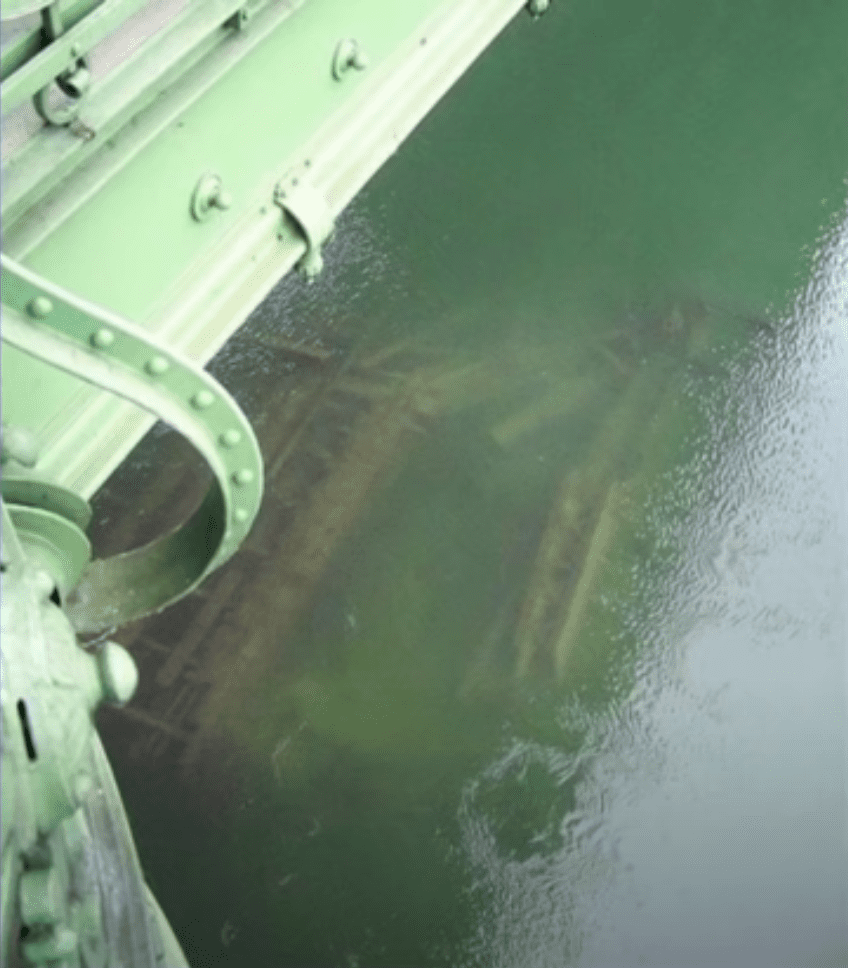
The question is how could the wreckage, half sunk in the mud, remain in the bed of the Danube? There is a simple explanation: the wrecks do not obstruct navigation on the Danube. Therefore, while part of the middle span closer to the Pest side was removed before starting the reconstruction, a large part of the structure of the Buda side is still sleeping in the deep. For safety reasons, not only boatmen, but experts studying the Danube are also continually monitoring the wreckage that has already become one with the bed.
Click here to read the original article

